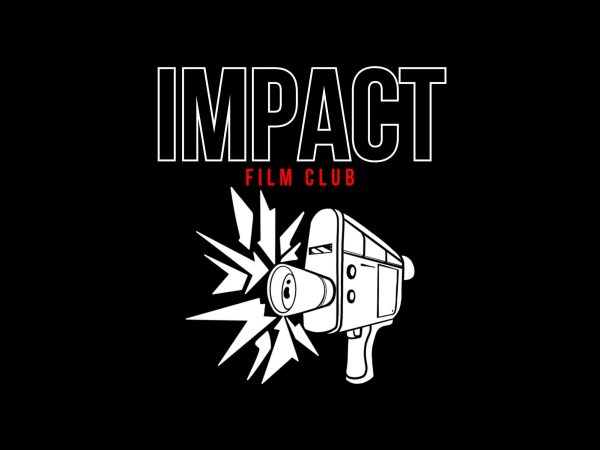New Malick movie leaves its audiences more in confusion than wonder
The latest film from Terrance Malick disappoints after such an extraordinary film like “Tree of Life.”

dose.ca
April 23, 2013
Approaching this, I feel like I’m about to commit sacrilege. Or at least, at bare minimum, lose some credibility among the more aesthetically inclined of the Biola populace. Touching certain sacred cows shows a great deal of misplaced bravado and insanity. I’ll ensure you I have a really low quota when it comes to moments of misplaced bravado and it would be hard for me to plead insane in any court case. Absurdity, maybe, but not insanity. Enough with the preface though, here’s the blasphemy: I saw Terrence Malick’s latest film, “To the Wonder,” and I thought it was just OK.
DOESN'T MATCH UP TO "TREE OF LIFE
"Malick’s cinematic comeback started in 1998 with his World War II epic, “The Thin Red Line,” released 20 years after his prior film, “Days of Heaven.” But 2011 was the year I became a full-time apologist for “The Tree of Life.” The film was his most cosmic and domestic all at once, taking family squabbles, the creation of the universe and even the afterlife as its subject matter. If you had a problem with the dinosaurs, I had at least three reasons for why you shouldn’t. Was it too long? I’d try to give you an enthusiastic enough speech that you’d feel guilty for not sitting through the whole thing. If you thought it didn’t make sense, I tried to convince you it didn’t have to.
“To the Wonder” is the most minimalistic movie Malick has ever made. There’s nothing much here besides love and doubt in small towns. No “Badlands” murders or “Days of Heaven” locust plagues. No “Thin Red Line” battle sequences or “The New World” discoveries of startling horizons. The film in his oeuvre bears the most similarity to its predecessor “The Tree of Life.” Given the two films’ proximity of release and similarity of themes, I just couldn’t get the precursor out of my head.
STORY ABOUT INS AND OUTS OF LOVE
The story, if there is a plot to speak of, revolves around Ben Affleck and Olga Kurylenko’s characters as they fall in and out of love. Rachel McAdams makes an appearance as an old school friend of Affleck’s who stands in as an interim lover when Kurylenko is absent. Alongside all the action is a doubtful yet caring and seeking priest played by Javier Bardem. Bardem was my favorite part of the film, and kudos to his ability as an actor. His Father Quintana is full of grace and kindness and he plays that part with the same precision he brought to sinister roles like Silva from “Skyfall” or Anton Chigurh of “No Country for Old Men.”
A lot of Malick’s most positive traits are here in Technicolor. His cinematography is second to none, breathtaking in its originality and beauty. The spiritual musings here can become a bit overblown but remain thought-provoking and even heart-wrenching at times. He’s one of the most spiritual and philosophical filmmakers releasing movies today and it’s refreshing to see beautiful cinematic art out on the world stage that’s considered aesthetically viable while not tinctured and shot through with nihilism.
"STILL WORTH WATCHING"
Where does “To the Wonder” enter average territory then? In comparison to Malick’s other work, this one seems more like a hodgepodge of techniques and themes rolled into a domestic drama that he’s already touched on before. There are shots that seem copied verbatim from “The Tree of Life,” and the same goes for some of the whispery narration. Next to its predecessor, it just doesn’t hold as much water.
Still, “To the Wonder” is worth watching and pondering. There’s good chance I may be eating my words on repeated viewings. Malick films tend to be like the best meals, experienced tangibly first and then digested to the point of nourishment later. Here ends my blasphemy.






